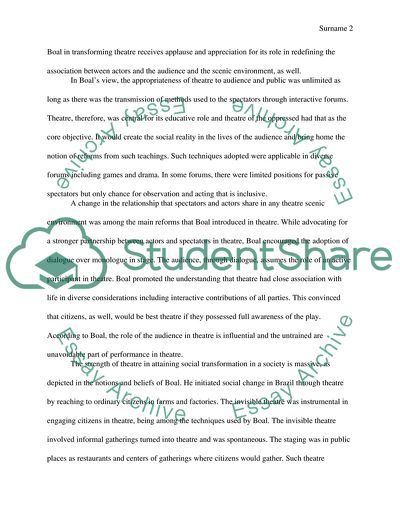Cite this document
(20th Century Theatre History: Augusto Boal Term Paper, n.d.)
20th Century Theatre History: Augusto Boal Term Paper. https://studentshare.org/history/1798370-20th-century-theatre-history
20th Century Theatre History: Augusto Boal Term Paper. https://studentshare.org/history/1798370-20th-century-theatre-history
(20th Century Theatre History: Augusto Boal Term Paper)
20th Century Theatre History: Augusto Boal Term Paper. https://studentshare.org/history/1798370-20th-century-theatre-history.
20th Century Theatre History: Augusto Boal Term Paper. https://studentshare.org/history/1798370-20th-century-theatre-history.
“20th Century Theatre History: Augusto Boal Term Paper”. https://studentshare.org/history/1798370-20th-century-theatre-history.


